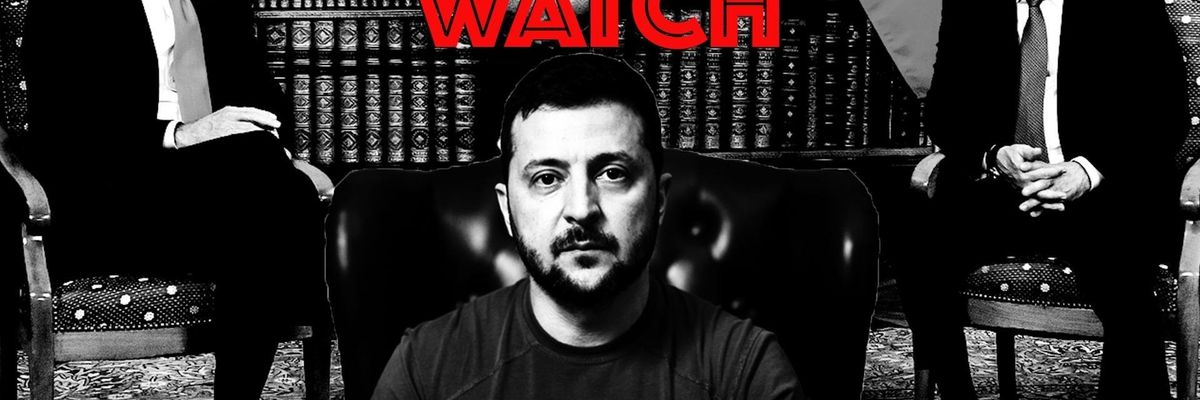At the Group of 20 meetings in Bali last Friday, Retno Marsudi, the host nation’s foreign minister, urged the world’s leading economic powers to work towards ending the war in Ukraine, noting that “the ripple effects are being felt globally on food, on energy and physical space.”
“It is our responsibility to end the war sooner rather than later and settle our differences at the negotiating table, not at the battlefield,” she said.
But stark divisions between factions led by the United States and Europe on one side, and Russia and to some extent China on the other, meant that the proceedings concluded with no consensus on the matter. The G20 foreign ministers took no group photo as is customary and they issued no joint communique. Instead, the AP pointed out, “acrimony appeared pervasive, especially between Russia and Western participants.”
Indeed, U.S. Secretary of State Antony Blinken and his Russian counterpart Sergei Lavrov did manage one accomplishment in hand before leaving Indonesia: Successfully avoiding each other.
On that front, the Washington Post reported that, while some more junior U.S. officials have held talks with their Russian counterparts since the Russian invasion nearly five months ago, Blinken “has not held a single meeting or phone call with a senior Russian official throughout the conflict.”
One reporter asked Blinken about this “do not engage” strategy on the sidelines of the G20 and wondered whether it’s “out of step with the international community,” which, the reporter added, “want[s] to see peace brokered in Ukraine.”
Blinken said he’d be happy to talk but he sees no point. Based on meetings the Russians have had with intermediaries from other countries, he said, “we see no signs whatsoever that Russia at this moment in time is prepared to engage in meaningful diplomacy.”
But some veteran diplomats wondered whether such an approach is wise. “The first step is opening channels of communication where you can measure what your adversary is looking for,” former senior State Department official Tom Shannon told the Post. “You can’t know unless you try.”
“If the United States isn’t present, it’s not a serious conversation in the mind of the Russians,” Jeremy Shapiro, another former Obama administration official, also told the Post. “That shouldn’t be a surprise: The United States provides the vast majority of assistance to Ukraine and is the leader of the Western coalition.”
In other diplomatic news relating to the Ukraine war this week:
— Russian and Ukrainian diplomats met in Istanbul this week to try to work out an agreement that would allow Ukrainian grain to pass the Russian blockaded sea ports in the Black Sea. While the negotiations ended with no concrete breakthrough, U.N. Secretary General Antonio Guterres called the talks an “important and substantive step …on the way to a comprehensive agreement.”
— In a separate push to get Ukrainian grain back on the market, Turkish President Recep Tayyip Erdogan and Russian President Vladimir Putin will meet in Tehran next week to discuss prospects for an agreement. Erdogan spoke on the phone this week on the grain export issue with both Putin and Ukrainian President Volodymyr Zelenskyy. A Turkish readout of the calls stated that “President Erdoğan noted that it was time for the United Nations to take action for the plan regarding the formation of secure corridors via the Black Sea for the grain export.”
— Negotiations are ongoing between U.S. officials at the State Department and their Russian and Ukrainian counterparts about the release of two American military veterans captured by Russian forces in northeast Ukraine. The Washington Post this week published audio of a recent phone call between one of the prisoners, U.S. Army veteran Alexander Drueke, and his mother. Drueke confirmed he is being held in solitary confinement and appeared “a little less strained” than in previous calls.
















